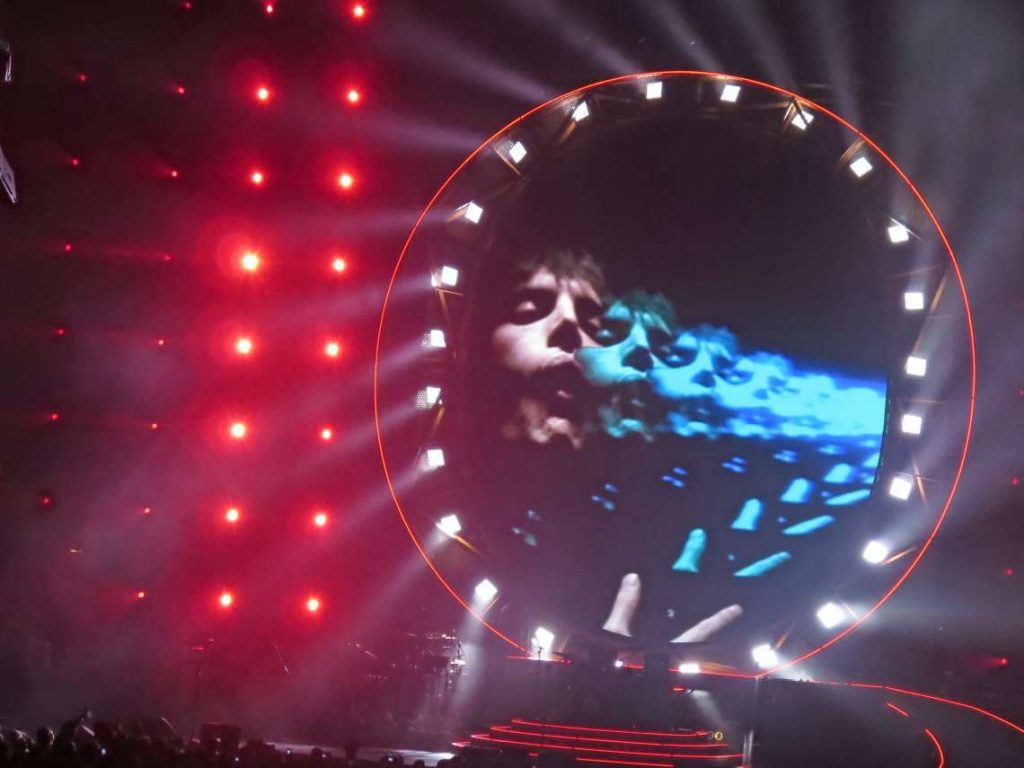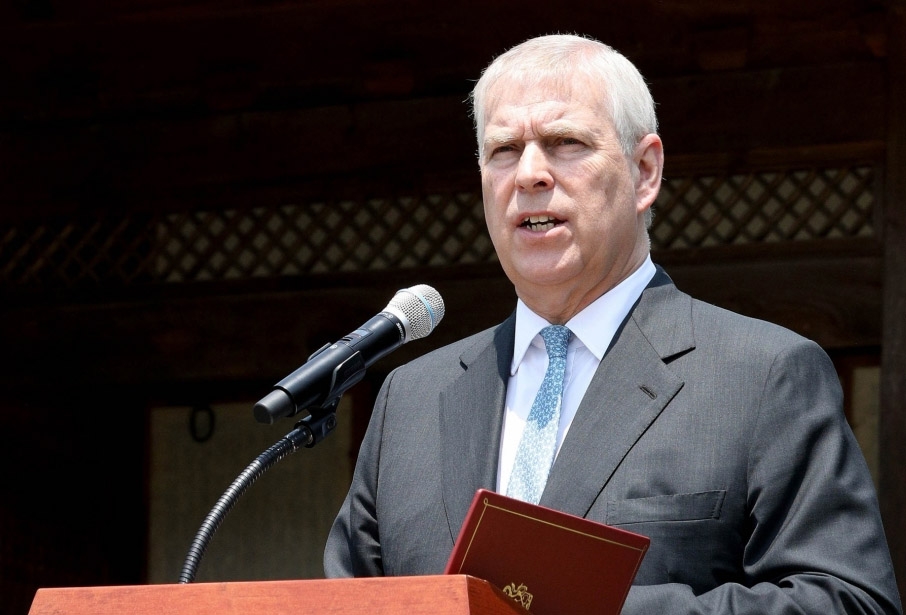Queen marks 50 years of Bohemian Rhapsody with new series and releases…reports Asian Lite News
Queen has launched a new five-part instalment of their documentary series The Greatest to celebrate the 50th anniversary of “Bohemian Rhapsody,” tracing the musical evolution that led to one of the most celebrated songs in rock history. The first episode, titled “The Path to Bohemian Rhapsody,” premiered on 31 October on the band’s official YouTube channel. It features new interviews with founding members Brian May and Roger Taylor, who reflect on the creative journey behind the 1975 track and the musical foundations laid in their early work.
The series marks a milestone for the band, whose members have previously explored key moments from their career, including their origins, early gigs and their landmark Live Aid performance. This new chapter focuses on how “Bohemian Rhapsody” came into being, not as an outlier but as a natural evolution of Queen’s sound, influenced heavily by Freddie Mercury’s unique artistic instincts and the band’s willingness to experiment.
As Brian May recalls, the song did not feel like a radical departure at the time. “It didn’t feel that way from the inside,” he said, pointing to earlier songs such as “My Fairy King,” from their 1973 debut album. May described this track as a sign of Mercury’s growing interest in piano-led compositions, dramatic mood shifts and imaginative lyrics drawn from fantasy worlds. These elements, he suggested, would later crystallise into the structure and spirit of “Bohemian Rhapsody.”

Roger Taylor, meanwhile, credits “March of the Black Queen,” a song from the 1974 album Queen II, as an even more direct precursor. “It’s a lot more complicated in many ways than ‘Bohemian Rhapsody,’” Taylor said, referring to its fragmented structure, multiple sections and layered vocal arrangements. He emphasised the band’s willingness even then to push the limits of conventional rock, demonstrating that elaborate compositions were already at the heart of their identity well before their most famous hit.
Another track cited as a stepping stone is “The Fairy Feller’s Masterstroke,” also from Queen II. The song is notable for its intricate contrapuntal elements and six-part harmonies, techniques that would later reappear in the operatic section of “Bohemian Rhapsody.” “It’s incredibly complicated,” Taylor said. “It’s a nice, interesting track in its eccentric over-elaboration.” The band’s early explorations in harmony, operatic drama and unconventional song structures laid the groundwork for the ambitious six-minute single that would later redefine rock music.
May also reflected on Freddie Mercury’s unpredictable yet inspired approach to songwriting. “You didn’t know where Freddie was coming from. He comes in and goes ‘there’s this bit, and there’s another bit we’ll do, and there’s the operatic section.’ You either dive in, and the whole Queen machine swings into action,” he said. This insight offers a rare glimpse into the collaborative spirit of the band, with Mercury as the visionary and May, Taylor and John Deacon bringing his ideas to life through musical precision and experimentation.
“Bohemian Rhapsody,” released in October 1975, initially puzzled critics and industry executives with its unconventional structure, blending ballad, opera and hard rock without a traditional chorus. Yet it became a global success, topping the UK Singles Chart for nine weeks and later returning to number one in 1991 following Mercury’s death. It remains one of the world’s best-selling singles and continues to influence musicians across genres.
The new episodes of The Greatest will air weekly throughout November, each examining different facets of the song’s creation and legacy. Fans will be offered further insights not only into Mercury’s songwriting but also into the recording techniques that made the track so distinctive. The series will explore the band’s use of multitrack recording, vocal layering and experimentation in the studio at a time when such ambition was rare.
To accompany the series, Queen will release commemorative editions of “Bohemian Rhapsody” in multiple formats, including 7-inch, 12-inch and cassette singles. These physical releases tap into nostalgia for vinyl while also introducing the song to new collectors. The band has also issued a fresh vinyl edition of A Night at the Opera, the 1975 album featuring the song, giving fans an opportunity to revisit the record in its original form.
The anniversary celebrations underline the enduring cultural impact of “Bohemian Rhapsody,” which has transcended generations since its release. The song has been featured in films, commercials and live performances across the world, and its music video—widely considered one of the first in rock history—remains iconic. For May and Taylor, revisiting the song’s origin is not only a tribute to Mercury but a reflection of their early ambition and creative freedom.
As the new episodes continue to roll out, Queen’s ongoing exploration of their past serves to reaffirm the influence of a band that reshaped rock music through innovation, theatricality and collaboration. Fifty years on, “Bohemian Rhapsody” remains a landmark of British music, its legacy still resonating with fans old and new.












